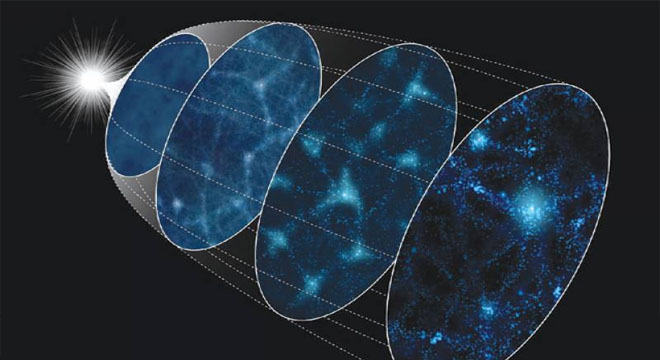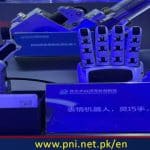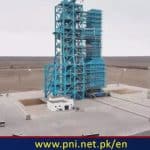ISLAMABAD-Astronomers have tested a method for reconstructing the state of the early Universe by applying it to 4000 simulated universes using the ATERUI II supercomputer at the National Astronomical Observatory of Japan (NAOJ). They found that together with new observations the method can set better constraints on inflation, one of the most enigmatic events in the history of the Universe. The method can shorten the observation time required to distinguish between various inflation theories.Just after the Universe came into existence 13.8 billion years ago, it suddenly increased more than a trillion, trillion times in size, in less than a trillionth of a trillionth of a microsecond; but no one knows how or why. This sudden “inflation,” is one of the most important mysteries in modern astronomy. Inflation should have created primordial density fluctuations which would have affected the distribution of where galaxies developed. Thus, mapping the distribution of galaxies can rule out models for inflation that don’t match the observed data.However, processes other than inflation also impact galaxy distribution, making it difficult to derive information about inflation directly from observations of the large-scale structure of the Universe, the cosmic web comprised of countless galaxies. In particular, the gravitationally driven growth of groups of galaxies can obscure the primordial density fluctuations.
Follow the PNI Facebook page for the latest news and updates.








